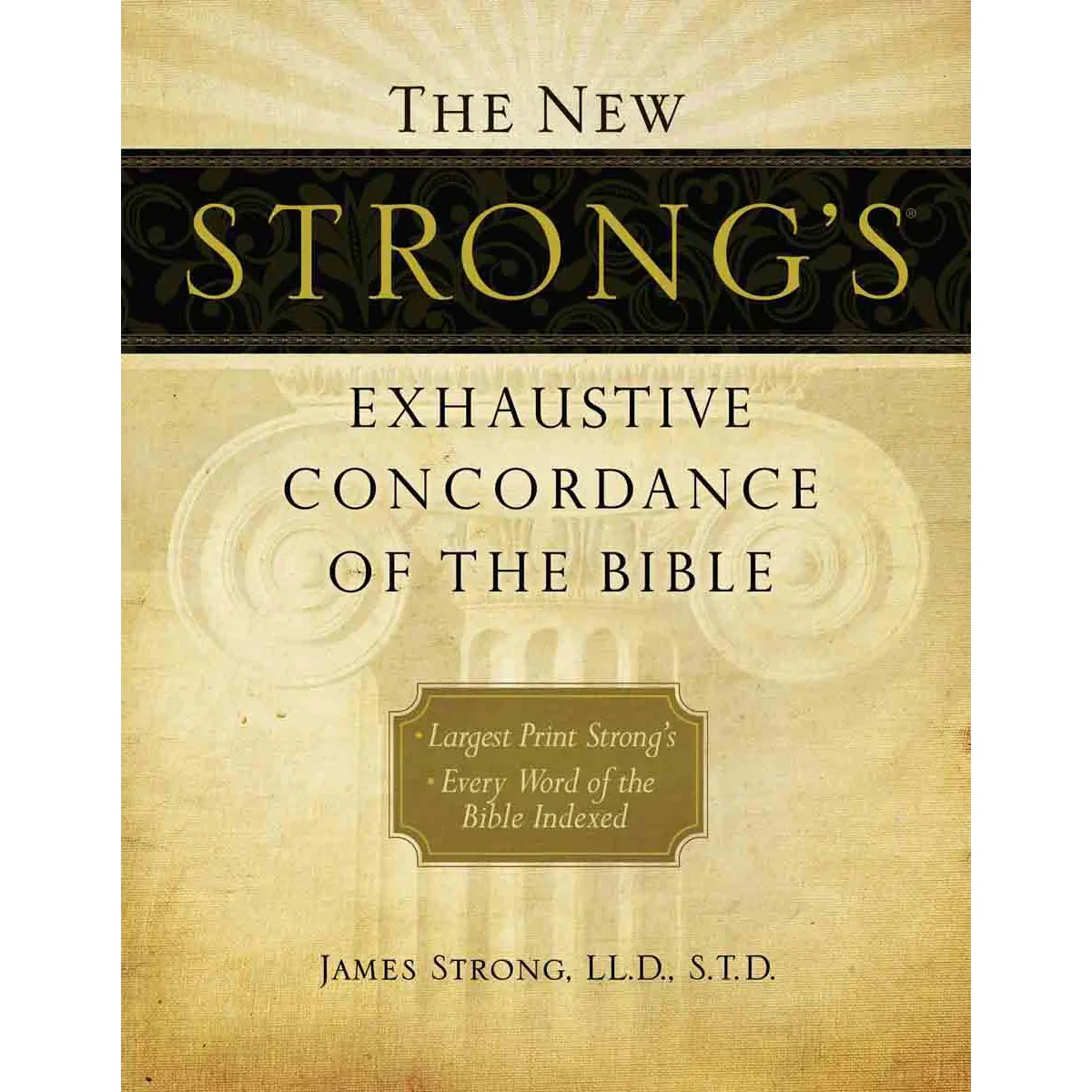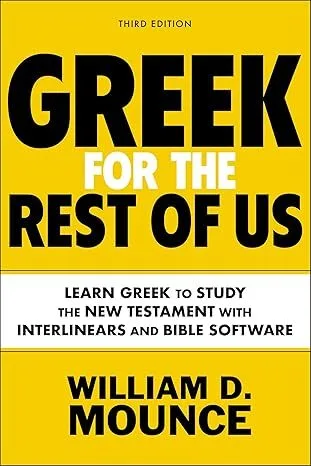Strong’s G4742: A neuter noun referring to a mark or brand, typically made on the body. In its sole New Testament appearance, Paul uses it to describe the physical marks of persecution he bore for Christ, drawing on cultural understanding of both slave brands and religious devotional marks.
U- Unveiling the Word

Key Information
στίγμα

Strong’s Entry
g4742
στίγμα represents physical marks with deep symbolic meaning. In ancient culture, it could refer to slave brands, religious devotional marks, or military tattoos indicating loyalty. Paul transforms this concept by applying it to his wounds from persecution, presenting them as marks of ownership by and devotion to Christ. Early church fathers saw in these stigmata evidence of authentic apostleship and genuine discipleship. Today, it continues to symbolize the physical and social cost of following Christ and the visible marks of Christian devotion.
N – Necessary Information
- Greek Word: στίγμα, stigma, STIG-ma
- Detailed pronunciation: stig (as in stigma) + ma (as in mama)
- Part of Speech: Noun (neuter)
Etymology:
- From στίζω (stizō) – to prick, puncture
- -μα (-ma) suffix – indicates result of action
- Indicates mark from puncturing/branding
D – Defining Meanings
- Brand mark
- Identifying scar
- Religious tattoo
- Devotional mark
- Wound of persecution
For compound words:
Not applicable as this is a simple noun
Translation Options:
- “Mark” – general meaning
- “Brand” – emphasizes ownership
- “Scar” – emphasizes suffering
E – Exploring Similar Words
- σημεῖον (sēmeion) [say-MAY-on] – sign, mark – See G4592
- χάραγμα (charagma) [KHAR-ag-ma] – mark, imprint – See G5480
- μώλωψ (mōlōps) [MO-lops] – wound mark – See G3468
R – Reviewing the Word’s Morphology
For this noun:
- Case: Nominative, Genitive, Dative, Accusative
- Number: Singular, Plural
- Gender: Neuter
- Declension: Third declension
Examples:
- Nominative singular: στίγμα (mark)
- Genitive plural: στιγμάτων (of marks)
- Accusative plural: στίγματα (marks)
S – Studying Lexicon Insights
BDAG emphasizes ownership marks context. Thayer’s notes religious significance. LSJ documents various cultural uses. Vine’s highlights Paul’s unique application. Strong’s connects to permanent marking. LEH traces Septuagint parallels. Moulton and Milligan show slave document usage.
T – Tracing the Scriptures
First appearance:
Galatians 6:17: “From now on let no one trouble me, for I bear in my body the marks [στίγμα] of the Lord Jesus.”
A – Analyzing Classical Usage
| Author: Work | Text |
|---|---|
| Herodotus: Histories | “The slaves bore the brand marks [στίγμα] of their master.” |
| Plutarch: Moralia | “The priests carried sacred marks [στίγμα] on their bodies.” |
| Aeschylus: Agamemnon | “He bore the battle scars [στίγμα] of many conflicts.” |
N – Noteworthy Summary
στίγμα reveals how the Messiah transforms symbols of shame into badges of honor. It proclaims the good news that suffering for Christ is a privilege that marks us as His own. This word challenges us to view our trials and persecutions as visible signs of belonging to Jesus.
D – Did You Know?
- Ancient devotees often bore religious tattoos of their deities
- Roman soldiers were branded to prevent desertion
- The word gives us the modern term “stigma”
Strong’s G4742: A neuter noun referring to a mark or brand, typically made on the body. In its sole New Testament appearance, Paul uses it to describe the physical marks of persecution he bore for Christ, drawing on cultural understanding of both slave brands and religious devotional marks.
Part of speech: Noun (neuter)
Tags: marks, persecution, suffering, devotion, ownership, Paul, apostleship, physical-marks, religious-symbols, persecution-marks, discipleship-cost, Christian-identity, suffering-for-Christ, loyalty-marks, battle-scars
Note: While this entry strives for accuracy, readers engaged in critical research should verify citations and keyword occurrences in their Bible translation of choice. For Biblical citations, the F.O.G Bible project recommends Logos Bible software.
Strong's g4742




